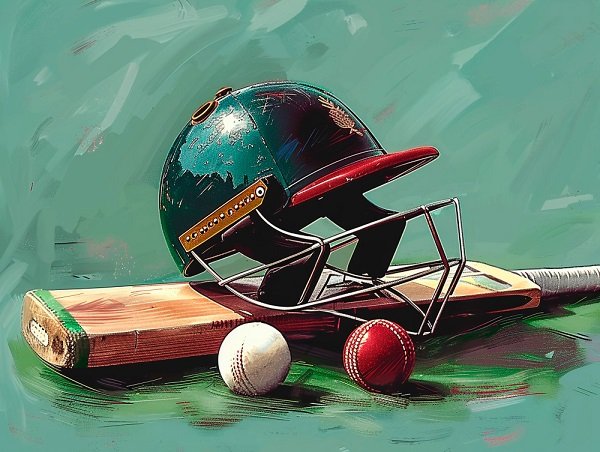Introduction: Cricket, often referred to as a gentleman’s game, has evolved significantly since its inception. From its humble beginnings in the 16th century to becoming a global phenomenon, cricket has captured the hearts of millions. This blog post explores the rich history, notable players, and the cultural impact of cricket.
Early Beginnings: Cricket is believed to have originated in south-east England, where it was played by children as early as the 16th century. The first recorded match took place in the 17th century, and by the 18th century, it had become a popular sport among adults. The Marylebone Cricket Club (MCC), founded in 1787, played a pivotal role in formalizing the rules of the game.
The Rise of International Cricket: The 19th century saw the spread of cricket to other parts of the world, particularly to British colonies. The first international match was played between the USA and Canada in 1844, but it was the match between England and Australia in 1877 that marked the beginning of Test cricket. This historic match laid the foundation for international cricket as we know it today.
Legendary Players: Cricket has been graced by numerous legendary players who have left an indelible mark on the sport. Sir Donald Bradman, often regarded as the greatest batsman of all time, holds a Test batting average of 99.94, a record that remains unmatched. Other notable players include Sachin Tendulkar, Brian Lara, Shane Warne, and Wasim Akram, each of whom has contributed significantly to the game.
The Advent of Limited-Overs Cricket: The introduction of One Day Internationals (ODIs) in the 1970s revolutionized cricket. The first ODI was played in 1971, and the inaugural Cricket World Cup took place in 1975. Limited-overs cricket brought a new dimension to the game, making it more fast-paced and exciting. The introduction of Twenty20 (T20) cricket in the early 2000s further transformed the sport, attracting a younger audience and making it more accessible.
The Impact of Technology: Technology has played a crucial role in the evolution of cricket. Innovations such as the Decision Review System (DRS), Hawk-Eye, and Hot Spot have enhanced the accuracy of decision-making and added a new layer of excitement to the game. The use of social media and digital platforms has also made cricket more engaging for fans, allowing them to connect with their favorite players and teams.
Cultural Impact: Cricket has had a profound impact on the cultures of many countries. In India, cricket is more than just a sport; it is a religion that unites people from diverse backgrounds. The Indian Premier League (IPL), launched in 2008, has become a global phenomenon, attracting top players from around the world and creating a platform for young talent to showcase their skills.
The influence of cricket can also be seen in popular culture, with numerous movies, books, and even memes dedicated to the sport. Cricket has the power to bring people together, transcending boundaries and fostering a sense of community.
Conclusion: Cricket has come a long way since its early days, evolving into a sport that captivates millions of fans worldwide. From the historic matches of the past to the thrilling encounters of the present, cricket continues to inspire and unite people. As the game continues to evolve, one thing remains certain: cricket will always hold a special place in the hearts of its fans.


